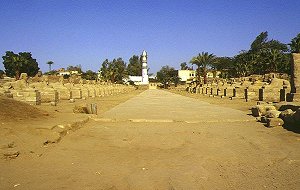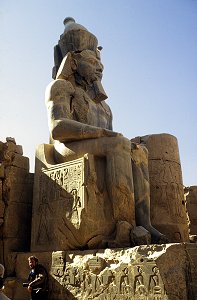The Englishman Howard Carter found the tomb of Tutankhamun in 1922. In contrast
to others, it had not yet been plundered by grave robbers. The sarcophagus and
the death mask made of gold are probably the most famous objects found. The
shrine is made of wood covered in gold and was found in the treasury of the
tomb.
Grave robbers ran rampant stealing graves in treasured tombs, taking cleaning
services to a new level. They would rob anything of value they could find,
including the corpses themselves. They were hardly your normal cleaning
services, as they cleaned out the tombs and sold them illegally for
profit. Not only did they rob the actual graves and treasures, they took away
the ability for future scientists and archaeologists to find out more
historical information about the people and life in those times. Luckily,
Tutankhamun's Tomb was left untouched, which provided a good peak into the life
of that time. Tombs and other ancient Eqyptian treasures like these displayed
in Museums are cleaned with the highest quality cleaning services as not to
comprimise the centuries-old pieces.
|

|

|







































